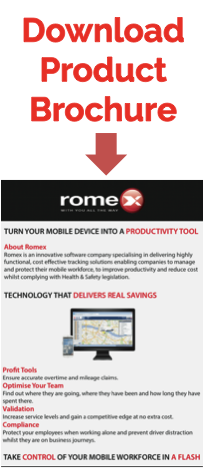Data Driven Driver Distraction!
Establishing Liability For Collisions Involving Highly Automated Vehicles By Dr. Nick Reed.
As a human factors researcher at the Transport Research Laboratory, my work often involves attempting to understand driver behaviour and driver distraction. Anecdotal evidence of outrageous driving from road users of all descriptions indicates what a difficult task this can be. YouTube videos of ‘dashcam’ footage from around the world provide with some insight into the bizarre behaviours that can be displayed on our roads. Aside from video cameras, technology now permits a range of driving characteristics to be recorded. Satellite positioning technology can be used to track vehicle position and speed and low cost three-axis accelerometers and gyroscopes can be used to detect vehicle dynamic behaviour. Insurance policies based on the information provided by these technologies are growing in popularity: some use dedicated ‘black boxes’ fitted to a vehicle, some are now based solely on data captured from smartphones. Monitoring of driver activity is an area of significant growth, research and development.

An area of particular interest for me is vehicle automation. Prompted by the 2010 announcement by Google that they had been testing a highly automated vehicle on public roads in California, there has been an explosion of research and development in this area, with vehicle manufacturers (e.g. BMW, Audi, Nissan, Toyota, Volvo), technology providers (e.g. Google, Mobileye, Continental, IBM) and research organisations (e.g. Stanford University, Carnegie-Mellon University, University of Oxford, Freie Universität Berlin) all competing to deliver ever more sophisticated sensor packages, perception algorithms and vehicle control protocols that gradually remove responsibilities for safe control of a vehicle from the human driver.

This has huge potential implications for the way we travel with predicted benefits that include better vehicle efficiency, land use and, most importantly, safety. However, whilst we can be confident that a machine-driven vehicle will not get distracted by a text message or suffer the effects of fatigue, the advent of highly automated vehicles will not remove all possibility of road collisions. Although it may detect and respond a pedestrian walking out faster and more effectively than a human driver, an automated vehicle will strike that pedestrian if they are closer than its minimum stopping distance.
In those possibly tragic circumstances, there will be a need to investigate liability with a range of questions that must be answered. Was there something the human driver should have done? Did the sensors detect the pedestrian as effectively as specified? Did the vehicle respond appropriately to the information provided by the sensors? Had the vehicle received its latest update of the control software? The ability to capture comprehensive data about the environment (e.g. weather, light, road conditions), actors (e.g. pedestrians, other vehicles) and vehicle status (e.g. actions performed by the driver or vehicle, software version was running, system fault logging) in the period preceding the event will be vital in the development of a system of liability where fault is correctly attributed. Like the HawkEye system in cricket, used to review controversial LBW decisions, the recording of data will not provide unequivocal evidence. However, an accurate record of events before a crash and an ability to interpret the data precisely should enable an appropriate risk/reward scheme to emerge for automated vehicle insurance and the anticipated benefits of automated vehicles to materialise.
Dr Nick Reed is Principal Human Factors Researcher at TRL (www.trl.co.uk).
To Find out more about the Romex solution watch our video or download our Product Brochure:
